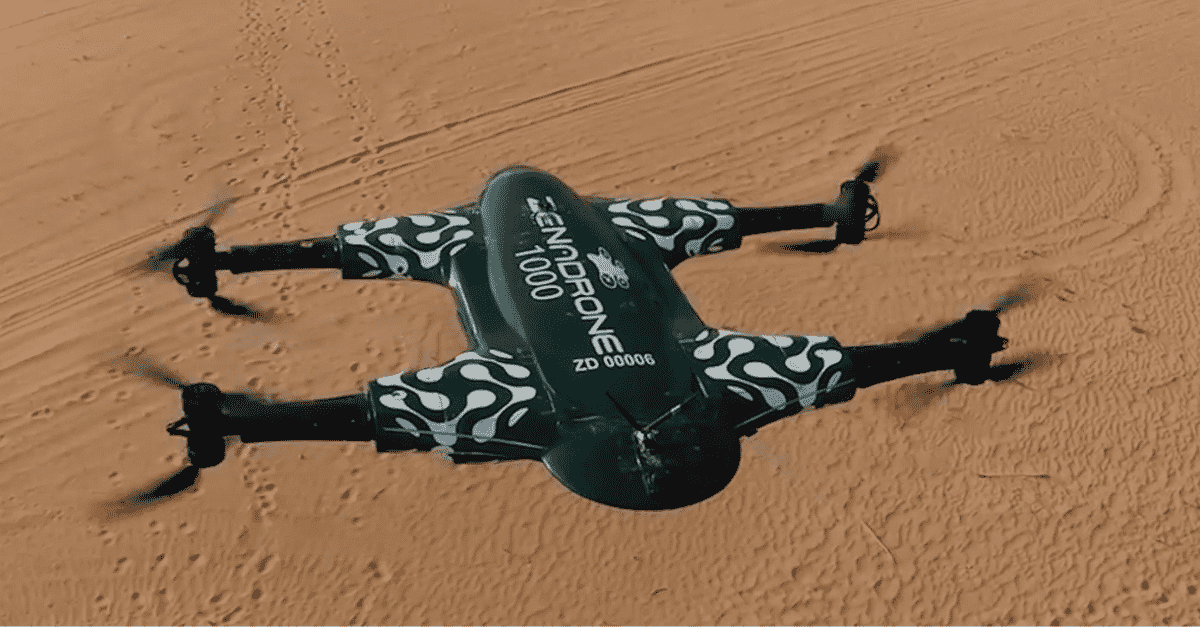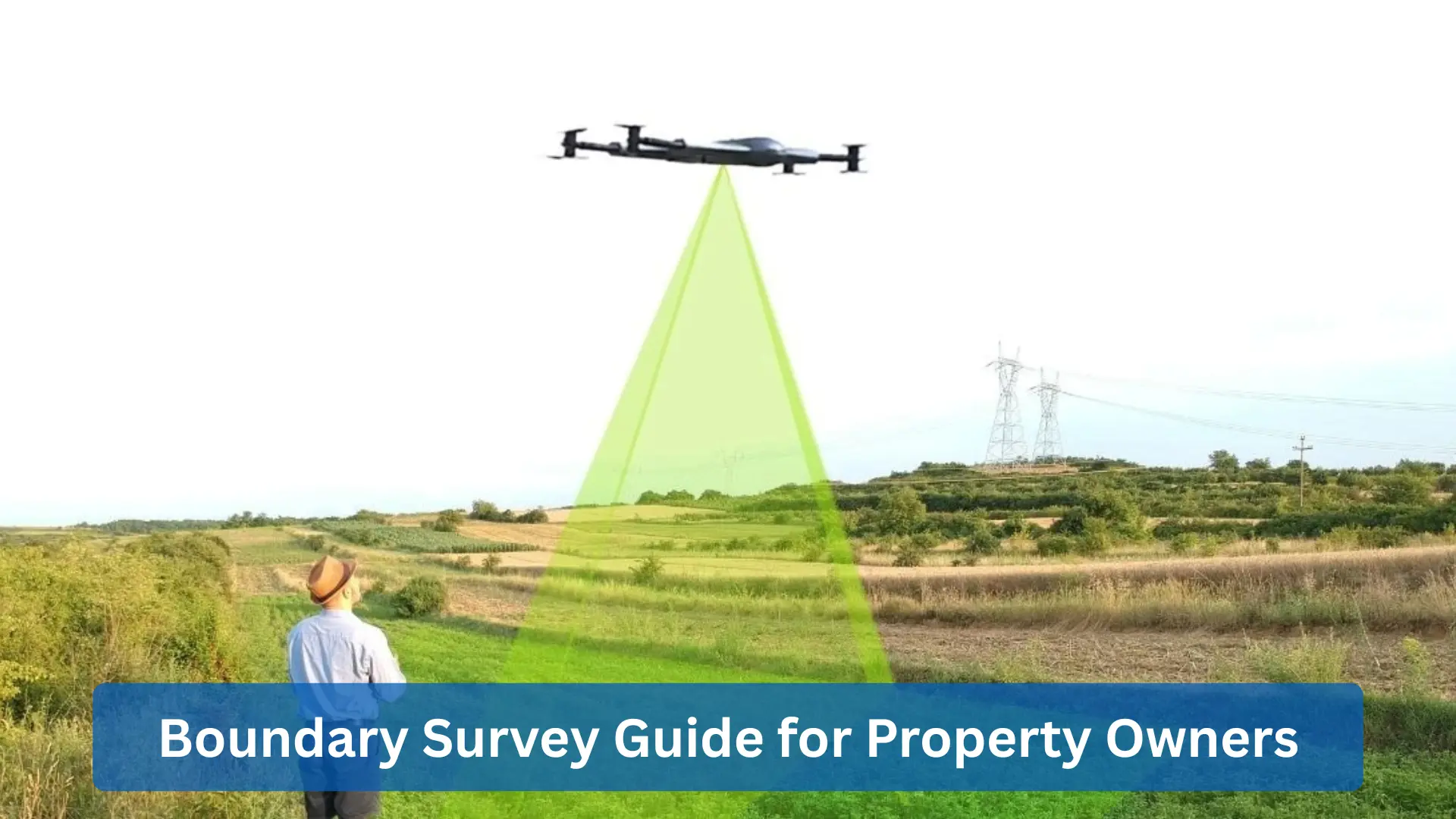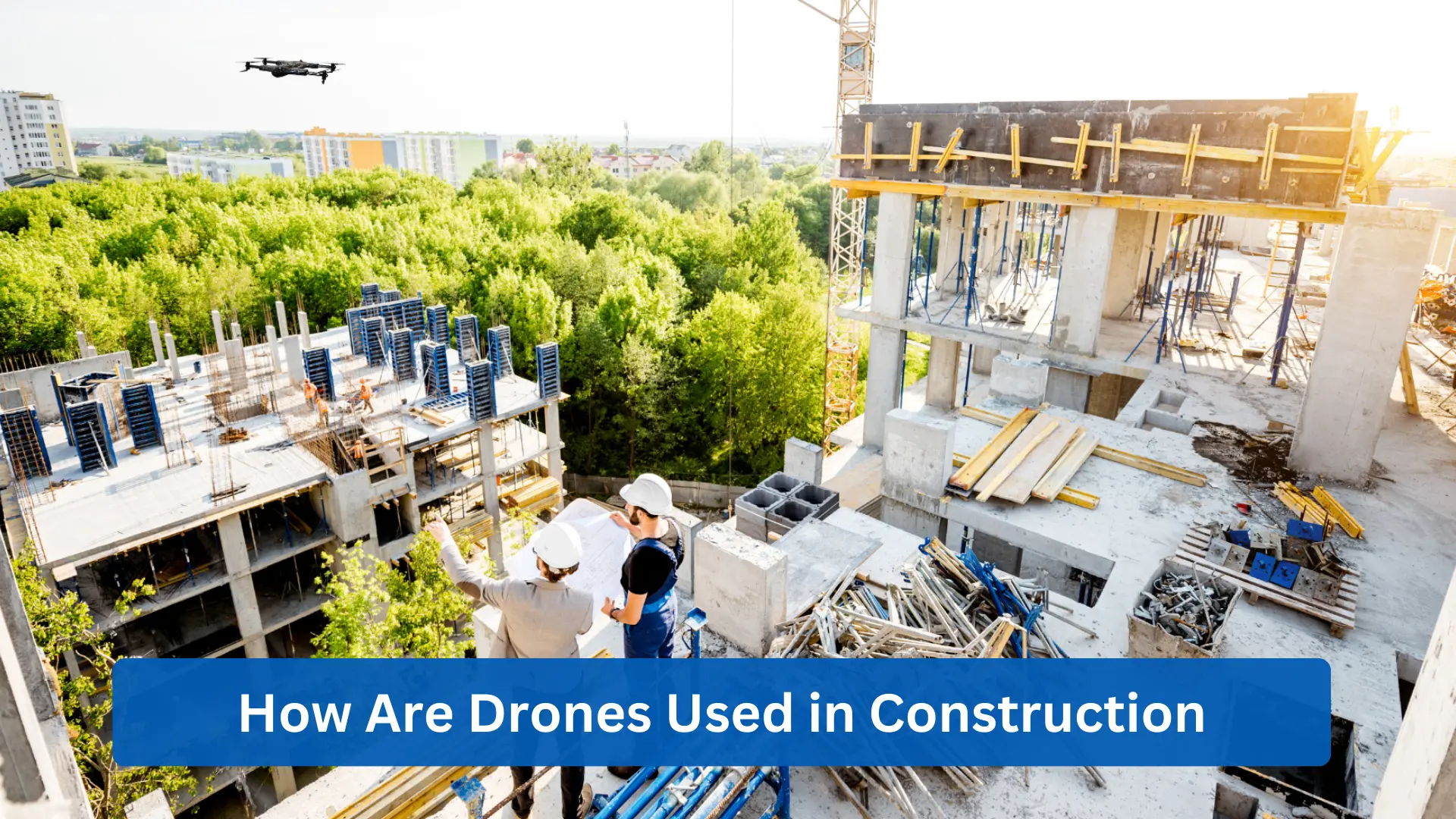What Are Commercial Drones

Commercial drones are unmanned aerial vehicles (USAs) used for business and industrial purposes. Unlike hobby drones. They are made for professional uses such as Agriculture, Crop Monitoring, Construction, Maintenance, Inspection, mapping, monitoring, Security, Surveying, Logistics and delivery.
These drones come with Latest technology that allows them to work safely and efficiently. Many Drones have GPS navigation, obstacle avoidance, and automated flight Options. They can capture high quality data or information from the air.
Main Features of Commercial Drones:
- Thermal imaging: Detects heat for inspection and rescue.
- Depth cameras: Measures distance and creates 3D maps.
- Interchangeable payloads: Help different tools like zoom cameras and sensors.
- 10x optical zoom: Take HD images from long distances.
Key Applications of Commercial Drones
A commercial drone is designed for both personal and business use. Most modern models feature autonomous inspection, monitoring, and indoor hovering capabilities. They come equipped with cameras and integrated sensors for efficient data collection.
Modern drones have a sleek, portable design that enables smooth video transmission and easy operation. Their advanced sensing technology provides precise visual data from the air.
Agriculture and Crop Monitoring
Commercial drones play a Important role in modern farming. They support monitor crop health, soil conditions, and irrigation levels with high accuracy. Prepared with thermal and multispectral cameras, drones take real-time data farmers.They can uses to detect diseases, measure growth, and optimize fertilizer use. This technology improves yield, reduces costs, and supports sustainable farming practices.
Construction and Surveying
Commercial drone Technology is transforming the construction industry. They give quick and accurate site surveys, mapping, and work progress tracking. These drones have high-resolution cameras and LiDAR sensors. Drones capture detailed aerial images to create 3D models and take measurements. This support engineers and project managers monitor work, detect issues early, and ensure safety.
Delivery and Logistics
Commercial drones are changing how goods are delivered. They carry small packages, medicines, and supplies quickly. Drones reach remote or crowded areas with ease. GPS systems guide them for accurate drop-offs. They save time, cut delivery costs, and reduce pollution.
Oil and Gas Inspection
Automated drones technology ensures accurate data collection and recording. Their small size makes them ideal for indoor inspections in oil and gas Industries. Compact drones can easily track tight spaces, offering safer, quickly, and inspection solutions.
Warehousing and Inventory Management
The best commercial drones give accurate data collection or information for productive warehouse inspections. From an aerial view, they help monitor inventory and storage conditions. Advanced sensors enhance obstacle avoidance, ensuring safe and exact navigation in complex indoor environments.
Powerline Inspection
Remote controlled UAVs simplify detailed powerline inspections. Their lightweight, compact design allows quick deployment and easy access to hard-to-reach areas. These drones improve efficiency, safety, and accuracy in monitoring electrical infrastructure.
4. Hobbies And Recreation
Drones are great for fun and leisure. New models are light, durable, and easy to carry. Their carbon-fiber frames make them strong and portable. People of all ages enjoy flying them in parks or backyards. Simple controls and stable flight make them easy to use anywhere.
A Brief Overview Of Commercial Drones
In recent years, commercial drones have become more available for both business and leisure. Business drones different from recreational ones. They offering powerful cameras and sensors for capturing images and data from long distances or high altitudes. They are used to observe environments, people, or specific sites.
Smart drones are lightweight, portable, and highly versatile. Their ability to reach difficult locations provides unique aerial views, making them valuable tools for photography, inspection, and exploration.
How Does A Commercial Drone Work?
Commercial drone technology uses smart software and strong hardware. Automation controls flight and data collection. Sensors, cameras, GPS, and flight controllers work together. This system keeps the drone stable, accurate, and efficient during operation.
Communication System
A reliable communication network keeps the drone connected to its control center. Data is sent in real time using radio signals or cellular connections. This ensures smooth operation and constant monitoring during flights.
Drone Operation
Operators control drones using a keyboard, mouse, or remote control. The user-friendly interface helps pilots navigate, manage cameras, and make quick decisions during missions.
Imaging and Data Collection
Drones use LiDAR, thermal, and infrared sensors for data capture. High-resolution cameras take clear images from the air. The collected data is sent to operators for analysis and reporting.
Automation Software
Intelligent automation software is most important to drone performance. It Allow to pre-programmed flight routes, real-time data monitoring, and automated operations. In this technology, commercial drones can track moving targets or maintain a steady altitude, ensuring precise and efficient operation during missions.
Data Analysis and Security Monitoring
Drones collect and store data for review or live decision-making. They improve security by increasing situational awareness. UAVs help detect threats quickly and respond faster. This makes them essential for surveillance and emergency use.
Tips for Buying and Operating a Commercial Drone

Drones provide a fast and cost-effective solution across several industries. They support to gather data, assess risks, and raise productivity. From inspecting power lines to monitoring warehouses or construction sites, careful planning is key.
Here are five tips to maximize UAV performance.
Choosing the Right Drone and Sensors
The type of drone and sensors depends on the purpose of inspection and monitoring. Smart drones purchasing make sure to better performance and results. Look for drones with:
- High-resolution cameras for HD imaging
- Robust gimbals for Durability
- Thermal and multispectral sensors for complete analysis
- Select a drone that is both reliable and affordable for compatible and productive operation.
Plan Flight Settings and Routes
Before starting any operation, users must set up flight settings and routes. Key flight parameters include:
- Area of inspection
- Waypoints
- Altitude and speed
- Camera angle
- Weather conditions
- Local drone regulations
Using a pre-flight checklist ensures all equipment, permits, and safety measures are in place for a smooth and secure mission.
Monitor Drone Operations In Real-Time
Real-time monitoring is necessary during drone operations. Operators should track:
- Battery level
- Signal strength
- Current location
- Orientation
- Data transmission
Live-streaming is now a common feature, allowing operators to share aerial footage instantly with teams or clients for better coordination and analysis.
Analyze and Report Collected Data
After each operation, users must review and process the collected data. Refining and analyzing this data helps generate useful insights and recommendations.
Many commercial drones come with built-in software for analysis and reporting. These tools support:
- 3D modeling
- Image stitching
- Data visualization
- Anomaly detection
- Geospatial mapping
Dashboards and templates make it easier for clients to understand and interpret the results clearly and effectively
Review and Continuous Improvement
After drone operation, its most important to review the results and performance. Drone monitoring provides detailed feedback that helps identify weaknesses areas for improvement. During inspections, such as pipeline or infrastructure monitoring data collected by drones can discover issues like damage, inefficiency, or safety risks. By analyzing this information, operators can enhance future flight plans, optimize equipment use, and maintain higher quality standards.
The Pricing Of Commercial UAVs
Commercial UAVs are usually more expensive since they offer significantly more functions than recreational drones. A great selection of premium commercial drones with prices ranging from $2,000 to $6,500 is available. Nevertheless, the best commercial drone usually has a five-figure option. It is always a good idea to determine the criteria for choosing the most appropriate model.
Recreational UAVs versus Commercial UAVs
When drones first time entered the market. There were only a few variations in design and function. Over time, manufacturers recognized that different industries have unique requirements. As a result, drones have become more advanced and specialized, offering greater precision, versatility, and intelligence to meet growing industrial demands.
The Future of Commercial Drones
Thanks to their adaptability and advanced features, UAVs have become essential tools across many industries. Their use is expected to grow rapidly as more businesses recognize their cost efficiency and practical benefits.
Commercial drones improve safety, deliver detailed inspections, and boost overall productivity. As technology advances, UAVs will continue to push boundaries, shaping the future of innovation and industrial operations
Contact Us
Thank you for your message. It has been sent.
Latest Posts
Social Profiles















